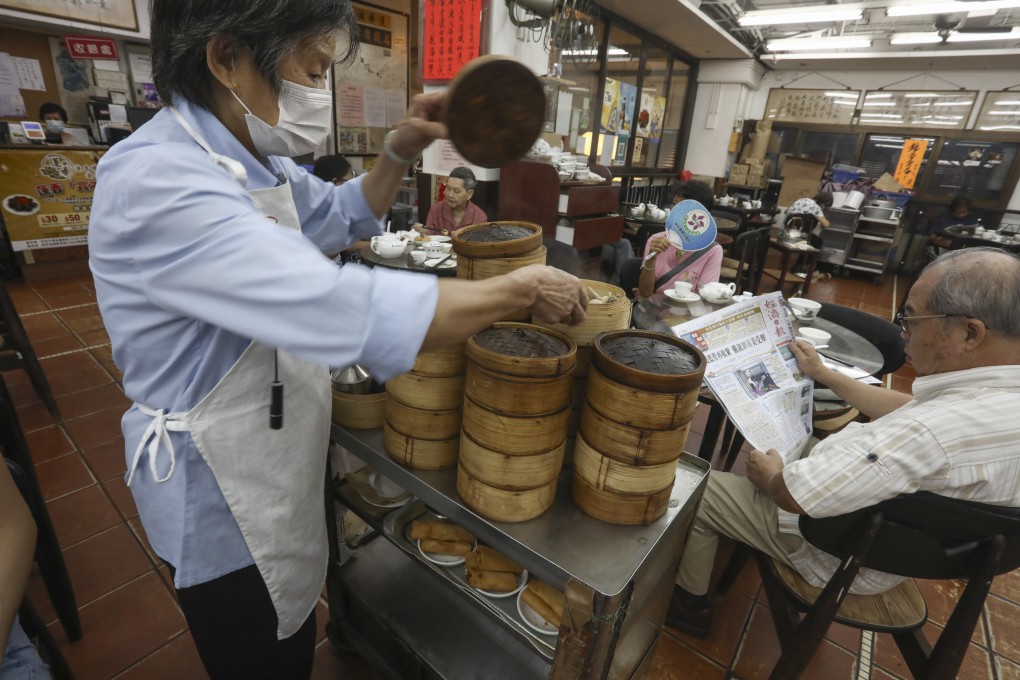Advertisement
Opinion | Greater Bay Area standards are no recipe for saving Hong Kong food culture
- The threat to the Hong Kong food scene stems from complex factors, which the Greater Bay Area guidelines do not address
- Young culinary graduates are not working for old-school restaurants, and legacy skills are not being passed down
Reading Time:3 minutes
Why you can trust SCMP
0

Over the past year, we have become more aware of a set of official guidelines on classic Cantonese dishes jointly published by the governments of Guangdong, Hong Kong and Macau.
This includes standards for 12 Cantonese dishes, six types of Cantonese dim sum and 14 items of Chiu Chow cuisine. The Greater Bay Area standards, which also cover areas such as food safety and hygiene, are intended to ensure the quality and authenticity of Cantonese cuisine and preserve the region’s food heritage.
I cannot say much about Guangdong as a whole, but as far as Hong Kong is concerned, there has definitely been a slow and steady erosion of local food culture. It is right to want to preserve our food culture. However, the threat to the Hong Kong food scene stems from complex factors, which the guidelines do not address.
An article published last year about the challenges facing the city’s yum cha establishments is indicative. Tam Kwok-king, a restaurant business veteran of more than six decades, spoke of a manpower problem: his youngest chef was 60, and he had trouble hiring apprentices.
This is not just Tam’s problem; it is an industry-wide issue.
Although Hong Kong’s Chinese Culinary Institute offers training in how to make dim sum, its young graduates tend to then take up jobs in international hotels, for example, in pursuit of better benefits and opportunities. Also, these graduates of a standardised system might not acknowledge the old guard, while old-school restaurants prefer to train apprentices themselves.
Advertisement
